Student Notable
Sustainability Award
Core77 Design Awards 2024
EcoStream
With the surge of technological advancements enabling data storage to transition to the cloud, there's an urgent need to devise a new mode of interaction for product hardware and a fresh system between users and internet companies. These developments are essential in mitigating carbon emissions and promoting the adoption of clean energy by internet corporations.
To reduce the carbon emissions generated by streaming media, I have developed an innovative interactive product for future streaming services. Currently, when people use streaming platforms (like Netflix, Spotify, and browsers), these services rely on remote servers for network support. The maintenance of these servers consumes a significant amount of electricity, leading to substantial carbon emissions, which are often unnoticed by users. My design introduces a device that interacts with streaming media to help users become aware of these emissions. Through this interaction, users can perceive and subsequently reduce carbon emissions by taking actions like lowering video quality or playing local music. Furthermore, I hope that with government incentives, there will be a societal shift towards lower carbon choices. Since high carbon-emitting software can also negatively impact user experience, this could motivate streaming companies to reduce the carbon footprint of their products.
In response to this, I utilized 3D printing technology to create various components and Arduino programming to identify the most effective carbon emission feedback methods. By injecting new elements into existing streaming products, I provided a tangible way for users to discern the level of carbon emissions incurred during online media streaming. This innovation not only offers users an empowering control function but also fosters a more sustainable and eco-conscious digital landscape.

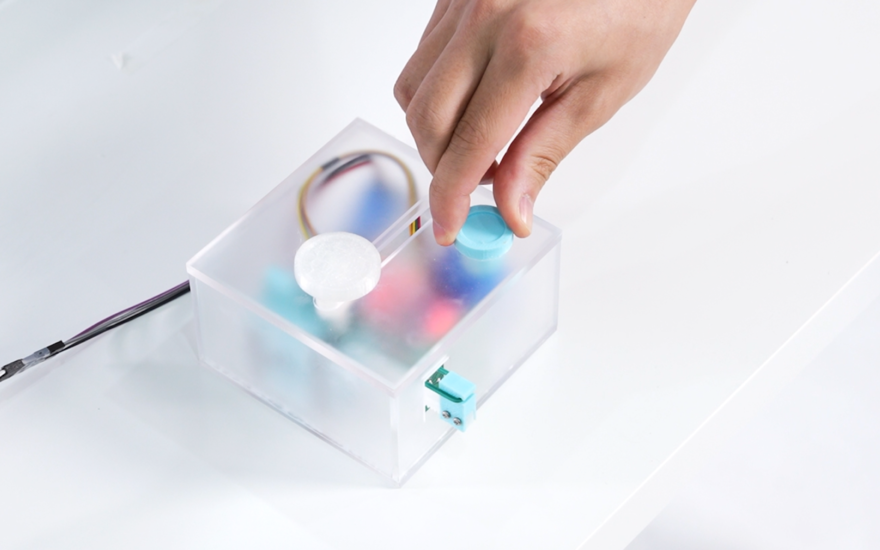
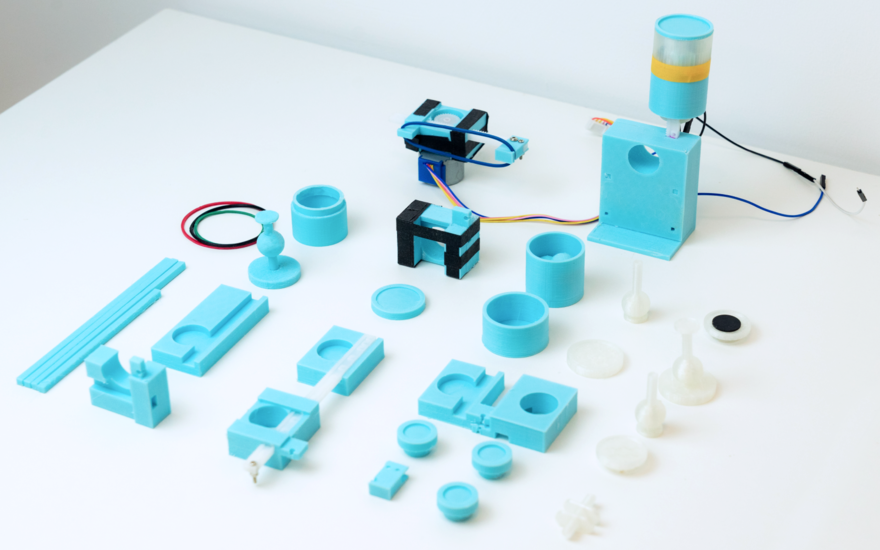
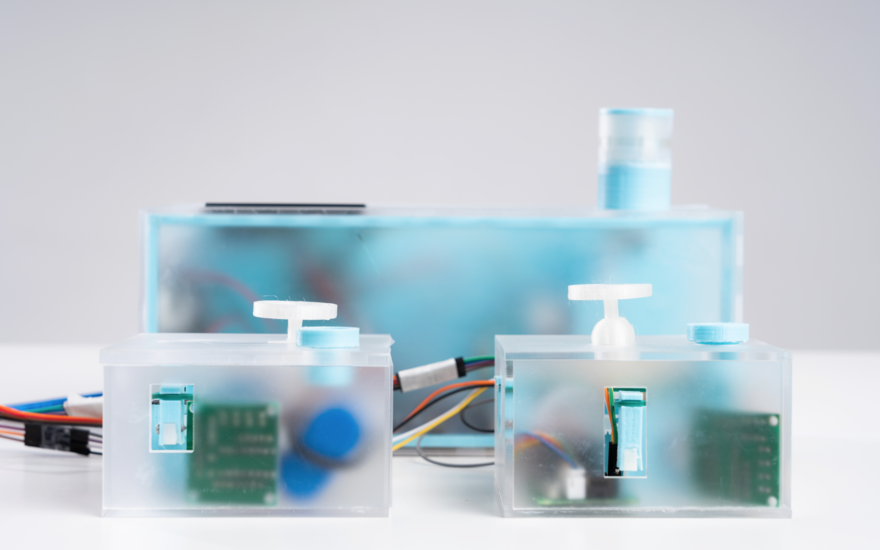
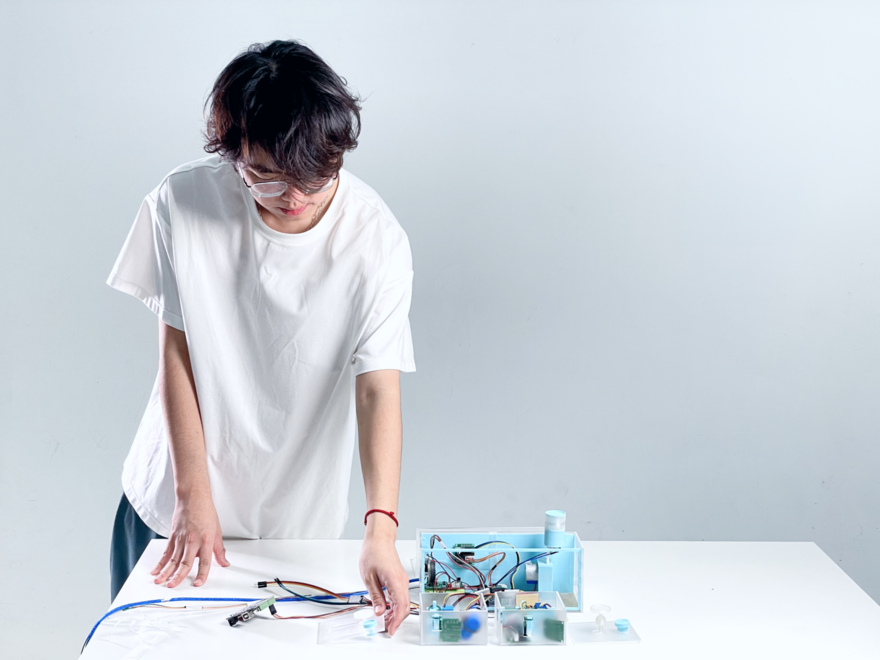

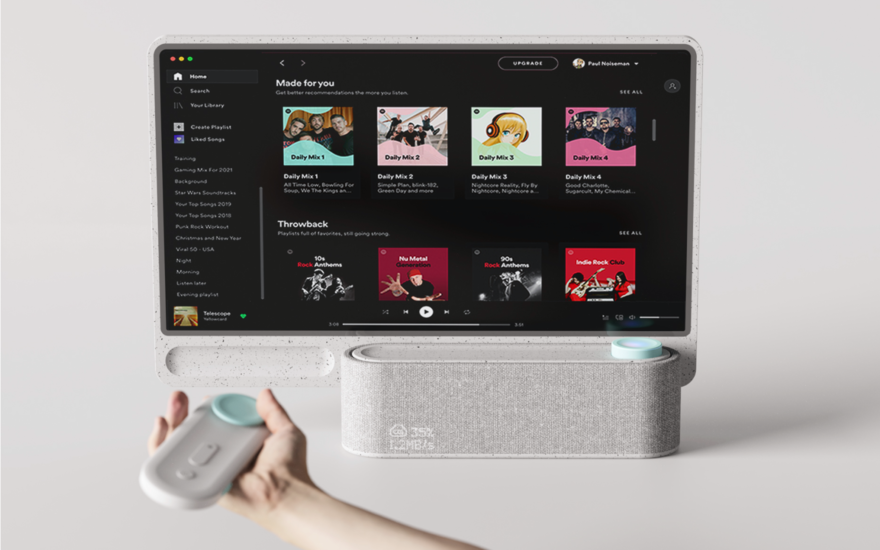
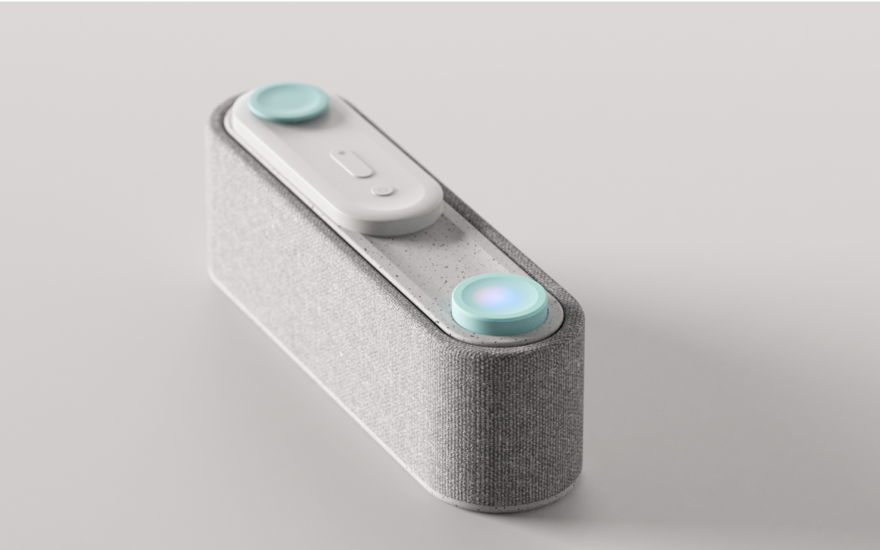
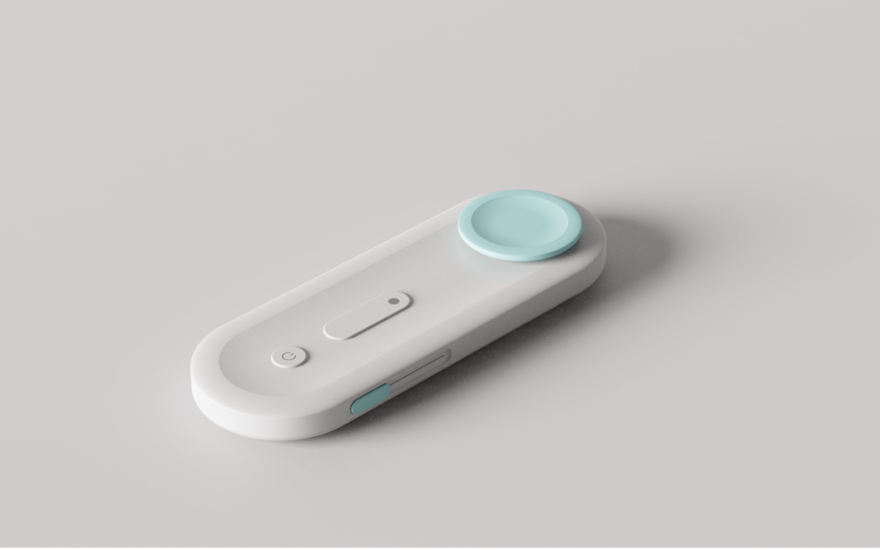
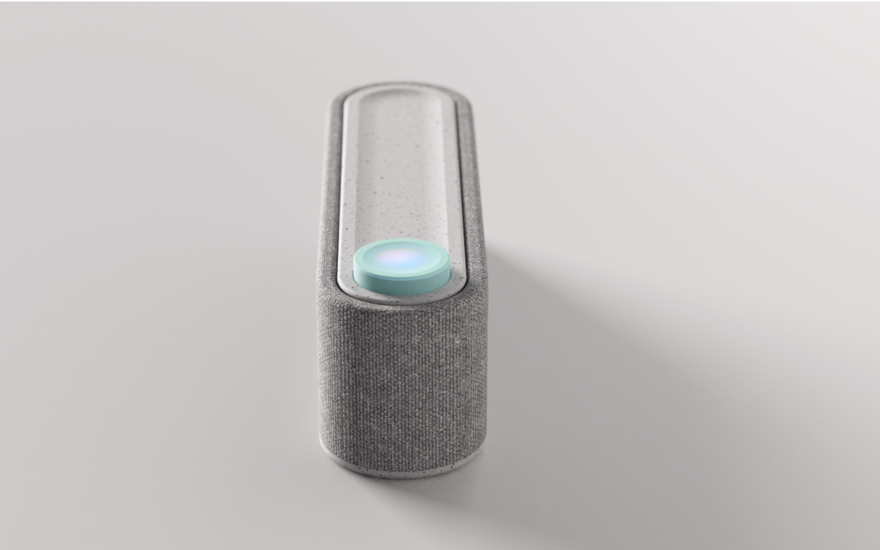
Background:
The impact of people's activities on the environment is increasing, and carbon emissions are currently the most serious problem. Is there a new solution in product design to face this problem of carbon emissions?
Environment: The sharp increase in carbon emissions has continued to strengthen the greenhouse effect and the average temperature has continued to rise. Leading to climate change, triggering more frequent and destructive natural disasters.
Footprint: The advancement of science and technology has improved human life, but carbon footprints are being generated all the time, and it is these carbon footprints that are easily overlooked that affect the environment. The generation of carbon footprint includes from the clothing, food, housing, transportation, and then to the modern Internet. . .
Internet Footprint: Among these carbon emission categories, Internet use accounts for 3.7% of global emissions, the equivalent of all air traffic in the world, and this figure is expected to double by 2025. If the status is not changed, it will double by 2025. It is expected to account for 20% in 2030
CO2 Produced daily: E-mail, music, web surfing, and watching videos are part of people's daily living habits that produce carbon emissions all the time. Although human beings are able to cope with the use of these data at this stage, with the increase of Internet users every year and the emergence of more online office software, such as "Miro" and "Figma", and the emergence of 5g and the metaverse. a data tsunami is bound to arise in the near future.
Research:
Data centers serve as factories of the information age; their 24/7 operation makes online browsing, streaming, and communication possible, but delivering all this data requires a tremendous amount of electricity. The explosive demand of internet-based platforms and services has fueled a dramatic expansion in both the size and number of data centers, making them collectively one of the largest sources of new electricity demand globally.
Although the use of clean energy is increasing every year, the proportion is still low. Take the United States as an example, clean energy only accounts for about 20%
At the COP 27 climate conference in Egypt, “we need commitments that will deliver a reduction of emissions by 45 percent by 2030 so we can reach net zero emissions by mid-century." ------ ANTÓNIO GUTERRES, United Nations Secretary-General
Hardware & Server: With the development of computers and the Internet, people's data is gradually moving from past hardware to cloud-based servers. And the demand for server use is rising swiftly.
Inspiration:
The reduction of internet footprint requires the joint efforts of the government, enterprises, and users. As a designer, I want to provide a new product possibility, connect users with the cloud, and add some new ways of interacting with the product.
How to reduce footprint: When using the Internet, 70% of data is consumed by servers and transmissions, and 30% by devices. Among them, video, audio, and pictures account for 60%, 23%, and 17% of Internet footprint respectively. With the development of the Internet, the proportion of server consumption will continue to increase. So I want to engage in a design for saving energy for the server.
I want to establish a relationship between users, Internet companies, and servers. Users can perceive carbon emissions through human-hardware interaction. The footprint of Internet companies' products will affect users' feelings. If the user experience is not good, the user can switch to cleaner Internet software, which can encourage more Internet companies to use cleaner servers. I want to design for three of the more consumed types of the Internet: video, music, and web.
Enhancing perception: Often users do not know the carbon emissions of the Internet because they cannot perceive the usage of the server.
Clean Energy: Increase the proportion of clean energy, let users know the usage of clean energy, and urge companies to use more clean energy
Intelligent use: Reduce unnecessary waste without affecting user experience, such as: deleting duplicate cloud photos and spam, optimizing web pages, listening to local music, etc.
New system:
Three types of streaming media
Music: Compared to CDs, single-play online music playback is more environmentally friendly. However, the number of users and the duration of use is increasing rapidly. At present, the total footprint of Internet music far exceeds that of CDs
Solutions:1.Reduced to appropriate sound quality without compromising the experience. 2. Switching to a streaming platform that uses a higher percentage of clean energy servers
Video:60% of Internet carbon emissions come from video. Different Video Quality Affects Carbon Emissions while video length also affects carbon emissions
Solution: Helping users to perceive: The quality of the video greatly affects the carbon footprint, which many people do not perceive when watching a video and do not choose the appropriate video quality wisely.
WEB: Unoptimised web pages will generate a lot of carbon emissions. Carbon emissions mainly come from unnecessary pictures and advertisements in the web pages.
Solutions: Optimizing web pages and image content allows users the choice to decide whether to load images.
Prototype:
The prototype primarily consists of three parts; please refer to the video for detailed content.
Liftable knob: The lifting knob is added to the hardware to give users the perception and control functions of the Internet footprint.
Resistance module: The resistance part is built into the hardware, which allows users to feel the real-time situation of footprint during use.
Footprint monitor: Users can see internet footprint data in real-time and can adjust if a product is overused. If Internet companies use too much dirty energy, it will affect the user experience, which will prompt Internet companies to use more clean energy.
Rendering:
I have created a rendering of the potential future appearance of this product to showcase its possible form. It features a modular design, as the future of streaming media will be entirely dependent on servers, allowing for a minimalist approach in hardware aspects.
Core77 Design Awards 2024
- Apps & Platforms
- Branding & Identity
- Built Environment
- Commercial Equipment
- Consumer Technology
- Design for Social Impact
- Emerging Technologies
- Furniture & Lighting
- Gaming Accessories
- Health & Wellness
- Home & Living
- Interaction
- Lifestyle Accessories
- Packaging
- Robotics
- Speculative Design
- Sports & Outdoors
- Sustainability
- Tools
- Toys & Play
- Transportation
- Visual Communication